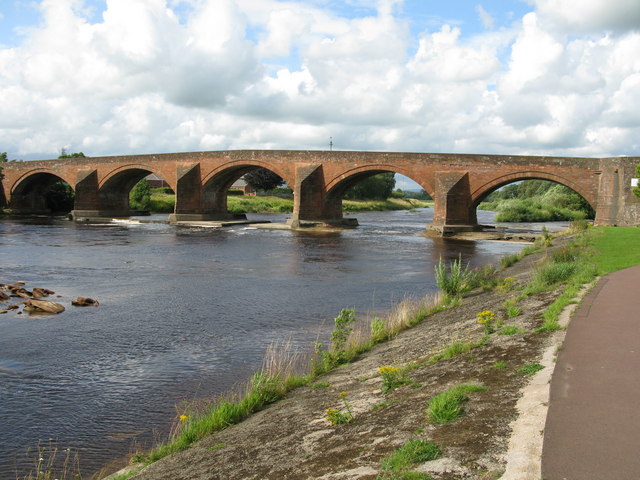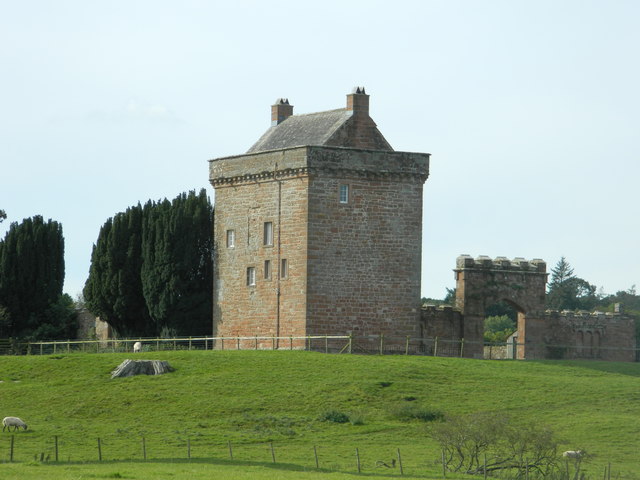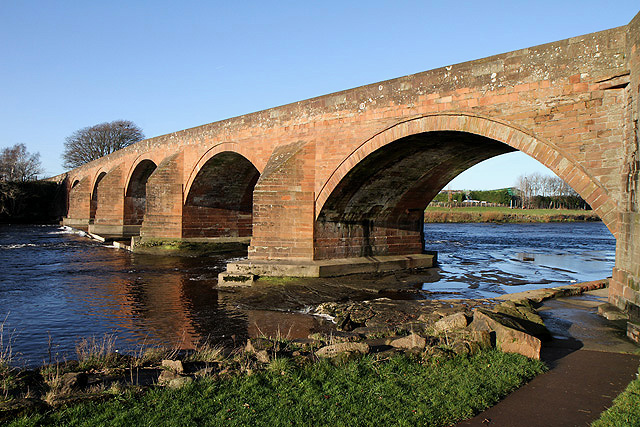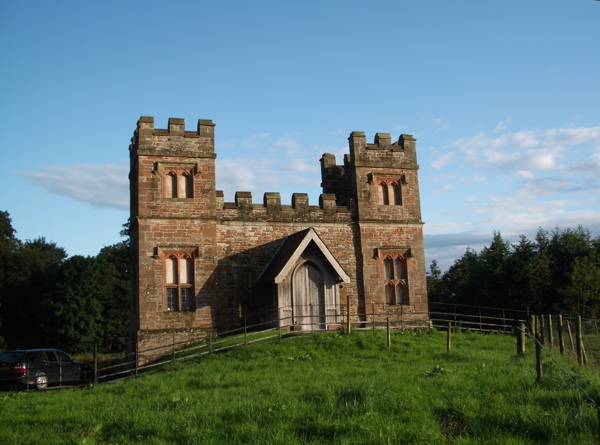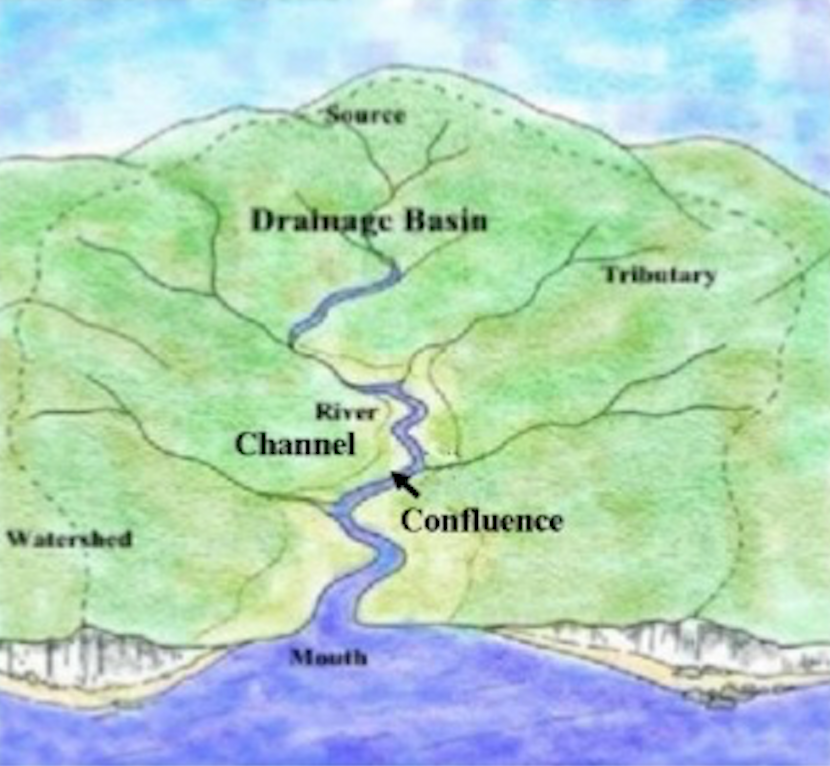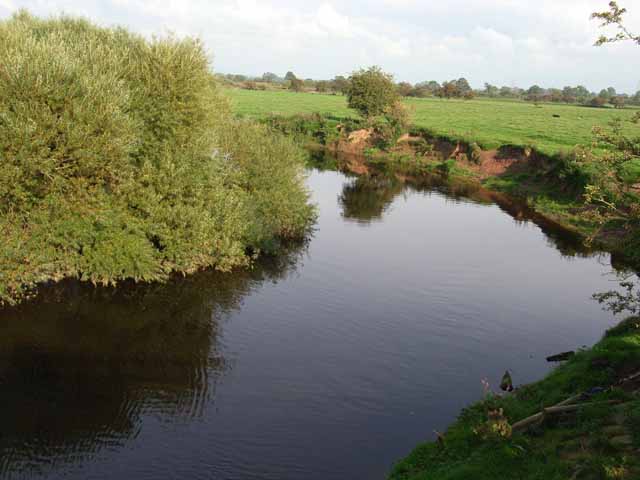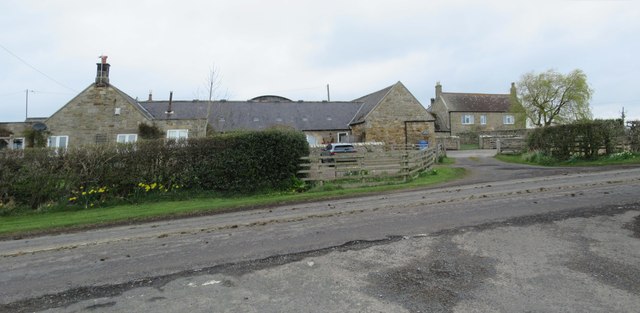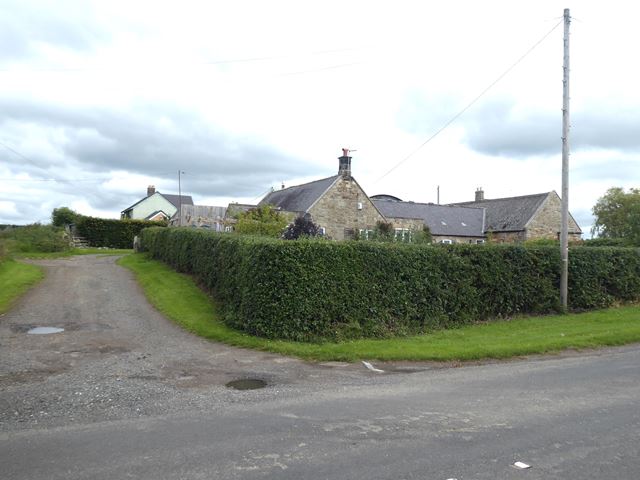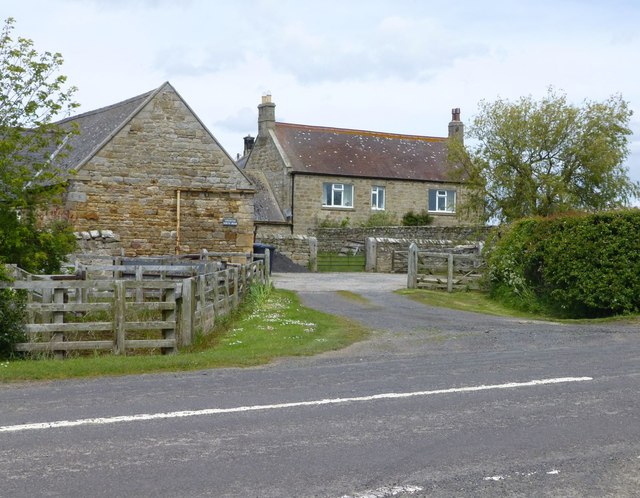Topics > Cumbria > Rivers in Cumbria > River Esk ('the Border Esk')
River Esk ('the Border Esk')
Not to be confused with the River Esk (Cumbria), which flows in the south of the county.
The River Esk (Easg), also called the Border Esk, is a river in Dumfries and Galloway, Scotland, that flows into the Solway Firth. It also flows for a small way through the English county of Cumbria before entering the Solway.
The river rises in the hills to the east of Moffat and its two main tributaries, the Black Esk and the White Esk, merge at the southern end of Castle O'er Forest. It flows south east through Eskdale past Langholm before merging with Liddel Water (which defines the border between Scotland and England. Before passing Longtown the river enters England and merges with the River Lyne and enters the Solway Firth near the mouth of the River Eden.
It was formerly one of the boundaries of the Debatable Lands as marked by the Scots' Dike.
The Scotland Act 1998 (Border Rivers) Order 1999 provides that functions relating to the management of salmon, trout, eels and freshwater fish in respect of the whole of the River Esk remain with UK ministers: the Border Esk and its tributaries are the only rivers in Scotland where an Environment Agency rod licence is required for angling.
Tributaries
The various tributaries of the Esk are described proceeding downstream.
The White Esk arises as the Glendearg and Tomleuchar burns merge then flow south through Eskdalemuir Forest capturing the waters of the Garwald Water at Garwaldwaterfoot then continuing by the village of Eskdalemuir into Castle O'er Forest. It is followed by the B709 road for much of its course. The headwaters of the Black Esk feed into the Black Esk Reservoir, from the foot of whose dam, the Black Esk flows south to Sandyford where it is crossed by the B723 road. It then turns sharply east then southeast passing Castle O'er on its way to meet with the White Esk to form the River Esk.
The Meggat Water (not to be confused with Megget Water) is a left bank tributary of the Esk which rises at the southern margin of Craik Forest and flows south, being joined by the Stennies Water before its confluence with the Esk. The Ewes Water is a significant left bank tributary of the Esk which enters the latter at Langholm. Its headwaters, the Eweslees, Mosspaul and Carewoodrig Burns merge and flow southwards as the Ewes Water for several miles, being joined by numerous further burns, the most significant of which is the Meikledale Burn. The valley of the Ewes Water is followed by the A7 road from Carlisle to Edinburgh and by an electricity transmission line. Wauchope Water is a right bank tributary of the Esk which joins immediately downstream from the Ewes Water confluence. It arises as the Logan Water and Bigholms Burn meet 3 miles / 5 km southwest of Langholm. The Tarras Water is a left bank tributary of the Esk which joins it 2.5 miles /4 km south of Langholm.
The Liddel Water is a major tributary which enters on the left bank between Canonbie and Longtown. It forms the boundary between Scotland and England for a while as does its tributary, the Kershope Burn. The River Lyne enters on the left bank at Lynefoot just above the normal tidal limit of the estuarial section of the Esk. The River Sark and the Kirtle Water enter the tidal estuary of the Esk to the east and west of Gretna respectively. See main articles on each of these and some of their tributaries.
Visit the page: River Esk, Dumfries and Galloway for references and further details. You can contribute to this article on Wikipedia.
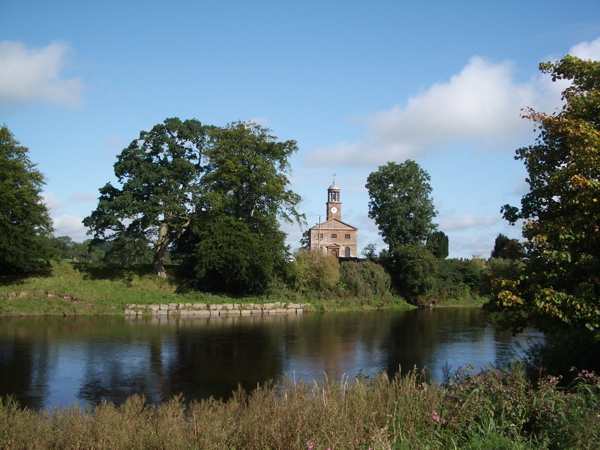
from Geograph (geograph)
Kirkandrews Church, from the south side of the Border Esk
Pinned by Simon Cotterill
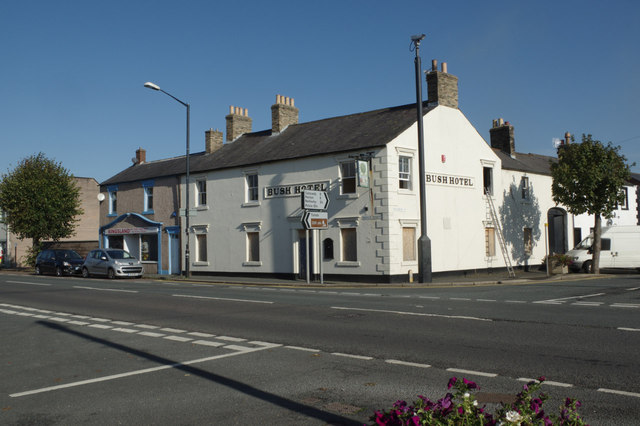
Co-Curate Page
Longtown
- Overview About Longtown Map Street View Longtown is a town in Cumbria, located close to the border with Scotland, about 8 miles north of the centre of Carlisle and 10 …
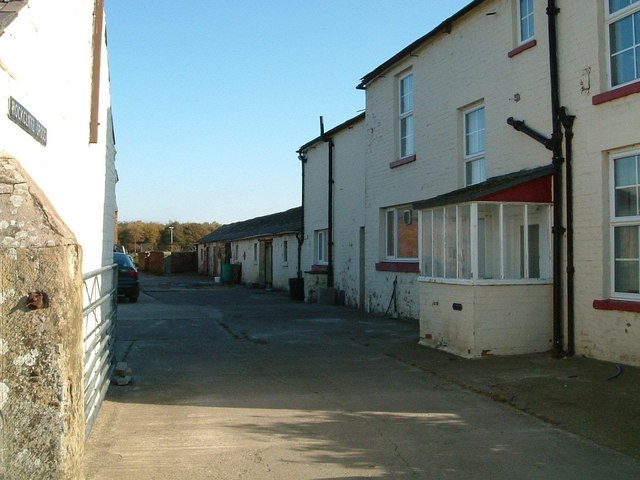
Co-Curate Page
Rockcliffe Cross
- Overview About Rockcliffe Cross Map Street View Rockcliffe Cross is a hamlet in the City of Carlisle district of Cumbria, located about 1 mile north-west of the village of Rockcliffe …
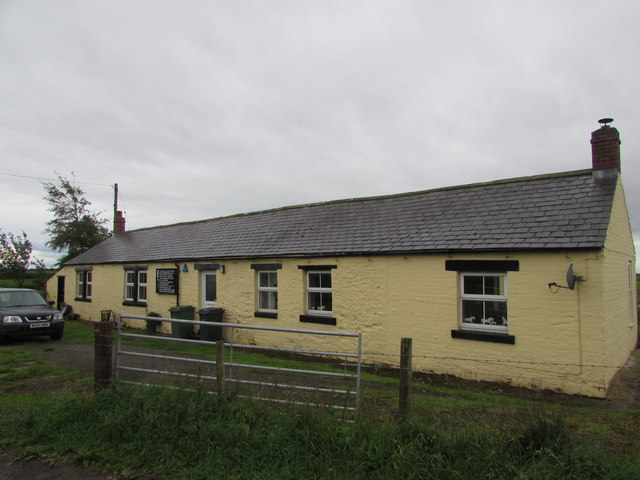
Co-Curate Page
The Esk Boathouse
- Overview Map Street View The Esk Boathouse is situated at the edge of Rockliffe Marsh, a short distance south of the River Esk (the 'Border Esk'), near the hamlet of …


from Geograph (geograph)
Kirkandrews Church, from the south side of the Border Esk
Pinned by Simon Cotterill

Co-Curate Page
Longtown
- Overview About Longtown Map Street View Longtown is a town in Cumbria, located close to the border with Scotland, about 8 miles north of the centre of Carlisle and 10 …

Co-Curate Page
Rockcliffe Cross
- Overview About Rockcliffe Cross Map Street View Rockcliffe Cross is a hamlet in the City of Carlisle district of Cumbria, located about 1 mile north-west of the village of Rockcliffe …

